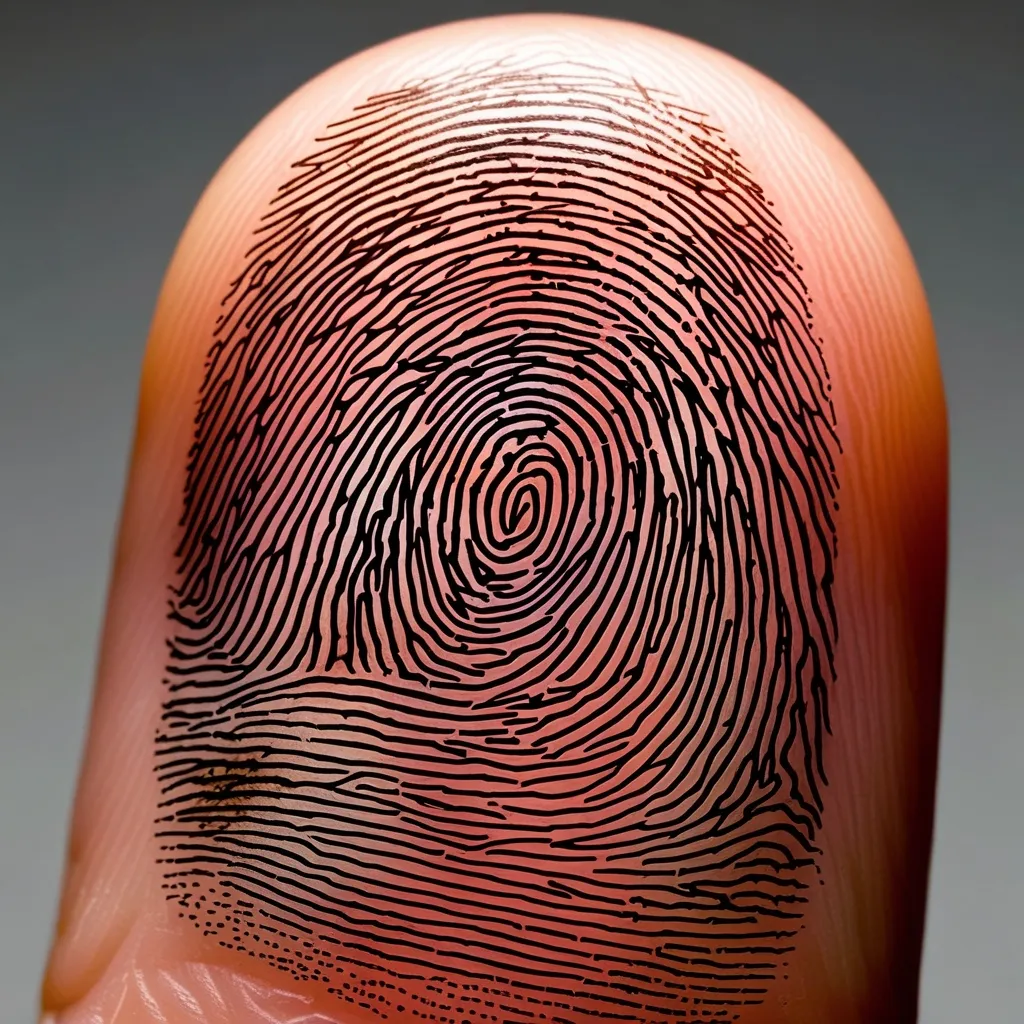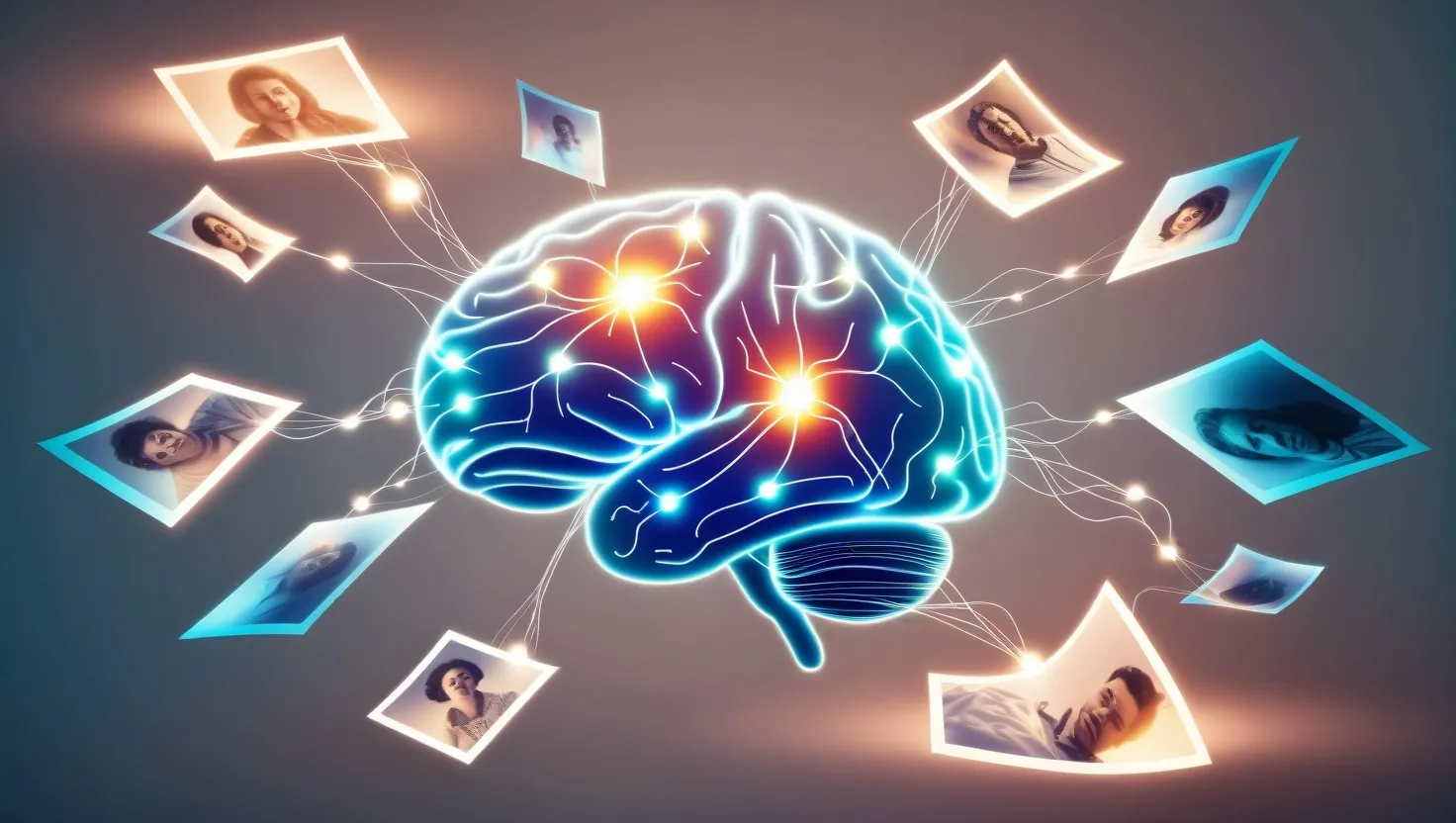Fingerprints are one of those intriguing details of human biology that often go unnoticed in our daily lives. Yet, these small, intricate patterns on our fingertips hold a world of mystery and significance. Every single person’s fingerprints are one-of-a-kind, a marvel that has been exploited in identification and forensic science for decades. But have you ever wondered why our fingerprints are so distinctive, and what they truly represent?
To grasp the uniqueness of fingerprints, it’s essential to peek into their formation. The journey starts long before a baby takes its first breath, back in the early stages of fetal development. Around the 6th or 7th week of gestation, tiny pads known as volar pads begin to appear on a fetus’s palms and soles. These volar pads are basically the blueprint for what will eventually be the intricate ridge patterns on our fingertips.
As the fetus continues to develop, these volar pads engage in a delicate dance with the surrounding skin layers, giving birth to what are known as friction ridges. The development of these ridges isn’t a straightforward path influenced purely by genetics; it’s an intricate interplay of genetic and environmental influences. The pressure from amniotic fluid, the fetus’s position, and even how quickly the skin grows are just a few factors that can subtly shape these unique prints.
While genetics lays down the basic roadmap for dermatoglyphs (the scientific term for these skin ridge patterns), environmental factors during fetal development tweak and rearrange them to make each set unique. To put it simply, it’s like cooking a complex dish where the recipe is the same, but the conditions always add a twist to how the dish turns out. Even identical twins, who share the same DNA, end up with distinct fingerprints. This dynamic mix of genetics and environment crafts the uniqueness, making fingerprints a reliable tool for identification.
Interestingly, fingerprint formation connects to a fascinating broader biological mechanism: something known as Turing patterns. These are the same natural processes that create the iconic stripes on zebras or the spots on leopards. Within our fingerprints, these patterns ripple across starting points and transform into the unique swirls, arches, and loops we each possess. This isn’t just a fingerprint phenomenon; it reflects a wider biological symmetry that influences the development of various organisms. By studying these patterns, scientists gain insight into how life forms and structures evolve, peering into the depths of life’s intricacies.
Now, here’s the brain-teaser: Why exactly do humans have fingerprints? Although the mystery isn’t fully unraveled, one compelling theory suggests that fingerprints enhance our grip and tactile sensitivity. The friction ridges increase contact with surfaces, refining our tactile perception and allowing us to grasp things more securely. Evidence supporting this theory can be found in other primates like chimpanzees and koalas, who also have unique fingerprints and rely heavily on climbing and grasping.
The uniqueness of fingerprints isn’t just fascinating; it’s statistically astonishing. The odds of two individuals having identical fingerprints are so slim, it’s often said to be 1 in 64 billion. This probabilistic rarity solidifies fingerprints as an ideal tool for identification, critical in everything from crime-solving to personal identity verification. This distinctiveness is shaped by the genetic blueprint overlaid by the unpredictable artistry of fetal development. Even with shared genetic material, the nuanced environmental influences ensure each person’s fingerprints are personal. The diversity of these patterns serves as a testament to the endless intricacies found in human biology.
Beyond serving the forensic field, understanding fingerprint formation heralds broader impacts in science and medicine. By delving into the genetic factors behind fingerprint development, researchers could enhance therapies for conditions like ectodermal dysplasias, which affect skin development. Imagine also unlocking advances in skin regeneration, guided by what we learn from intertwined genes and environmental factors.
On a grander scale, studying fingerprints opens doors to understanding biological patterning across various species and organs. Each discovery propels our knowledge of biological development, potentially revolutionizing fields like regenerative medicine and evolutionary biology.
Yet, fingerprints aren’t just chapters in a scientific textbook. They weave into our personal narratives and daily lives. These tiny, whorled ridges mark our individuality. Whether a parent marvels at a baby’s fingertips or a detective pieces together evidence, fingerprints symbolize personal identity, a unique badge in the tapestry of human life.
In a world where so much feels shared or uniform, fingerprints remind us of our individuality. They underscore the complex and breathtaking diversity of human biology, proving that even in mundane aspects of our lives, there lies an intricate and captivating science. Next time you glance at your fingertips, remember the blend of genetics and environment that crafted those unique patterns. It’s a small piece of what defines us. Amidst life’s mysteries, the uniqueness of fingerprints stands as a simple yet profound truth about individuality and the marvel of human biology.






